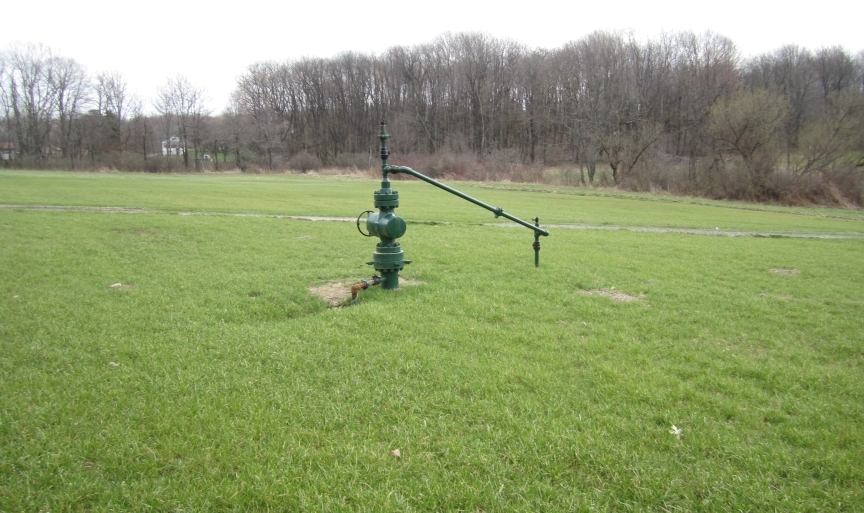New York Gov. Andrew Cuomo (D) has signaled his long-awaited decision on whether to lift the ban on hydraulic fracturing, also known as fracking, in his state will be forthcoming “in a couple of months.”
Upstate Economy Hurting
At stake is nothing less than the economic future of the southern tier of upstate New York, an area that has been in a steep decline for decades, punctuated by growing unemployment, sinking tax revenues, falling property values, and declining population. The area, stretching from just southwest of Albany all the way west to Buffalo, sits atop vast reserves of natural gas encased in the energy-rich Marcellus and Utica Shale.
A decision by Cuomo to lift the ban—a move vigorously opposed by a host of environmental groups—would enable landowners, construction workers, and business owners in the southern tier to join their counterparts in neighboring Pennsylvania in cashing in on the shale energy boom.
State environmental officials are still reviewing—and responding to—tens of thousands of comments submitted on the issue. If Cuomo gives a green light to fracking—and, by extension, to its companion technology of horizontal drilling—state regulators will shortly thereafter begin the process of issuing permits to energy companies eager to extract the natural gas buried underground.
Though estimates vary, as many as 75 permits could be issued by the end of the year.
Factories Reopening
Hydraulic fracturing involves injecting water, sand, and chemicals into shale formations deep underground to dislodge natural gas or oil. Combined with recent advances in horizontal drilling, which enables one rig to extend its drilling activity in several directions simultaneously, fracking has revolutionized the oil and gas industry.
Lower electricity prices brought about by an abundance of natural gas are fueling a resurgence of domestic manufacturing, particularly in the chemical industry. Many abandoned factories in the Rust Belt, long thought to be permanent eyesores, are being refurbished so manufacturers can take advantage of cheap electricity.
Return of Prosperity Thwarted
For communities suddenly caught up in the shale energy revolution, the old ways of doing things are quickly giving way to efforts to cope with a potential level of prosperity few thought possible a few years ago.
“The farmers and landowners of upstate New York have weathered for three decades the decline of their once prosperous agricultural and rural communities,” said Karen Moreau, president of the Foundation for Land and Liberty in Albany, New York. “It looked like a miracle turnaround was within their grasp, as they watched their Pennsylvania neighbors reap the benefits of the shale gas boom. It’s now four years of waiting and watching and, for some, seeing their properties lost to foreclosure while wealthy second-home dwellers and environmental activists continue to throw up roadblocks to gas development.”
Moreau produced the recently released documentary The Empire State Divide, (available for viewing at www.fll.org). The film shows the human consequences of deindustrialization in New York’s southern tier and contrasts that with the shale boom that has benefited neighboring Pennsylvania.
Bonner R. Cohen, Ph. D. ([email protected]) is a senior fellow at the National Center for Public Policy Research.





